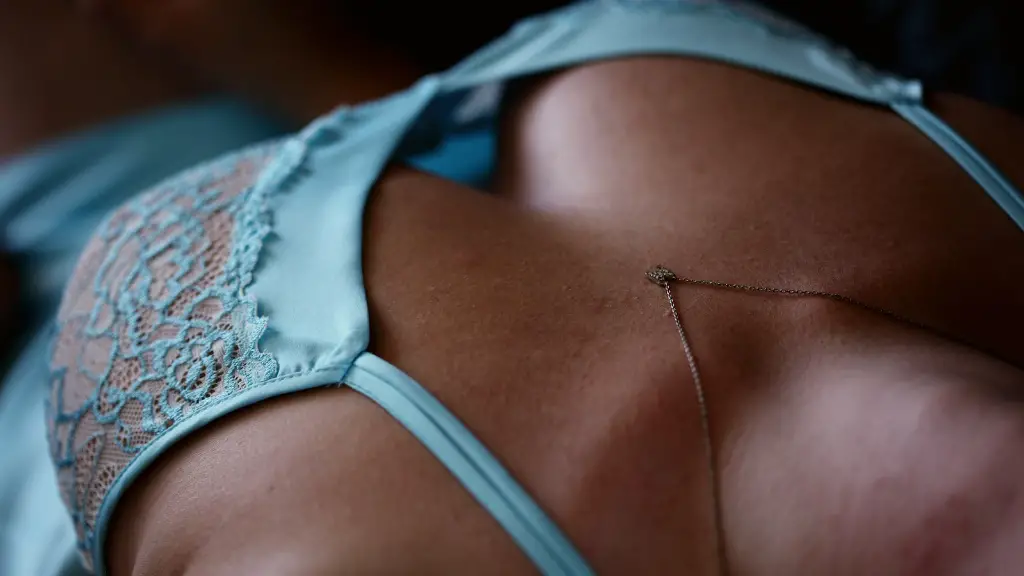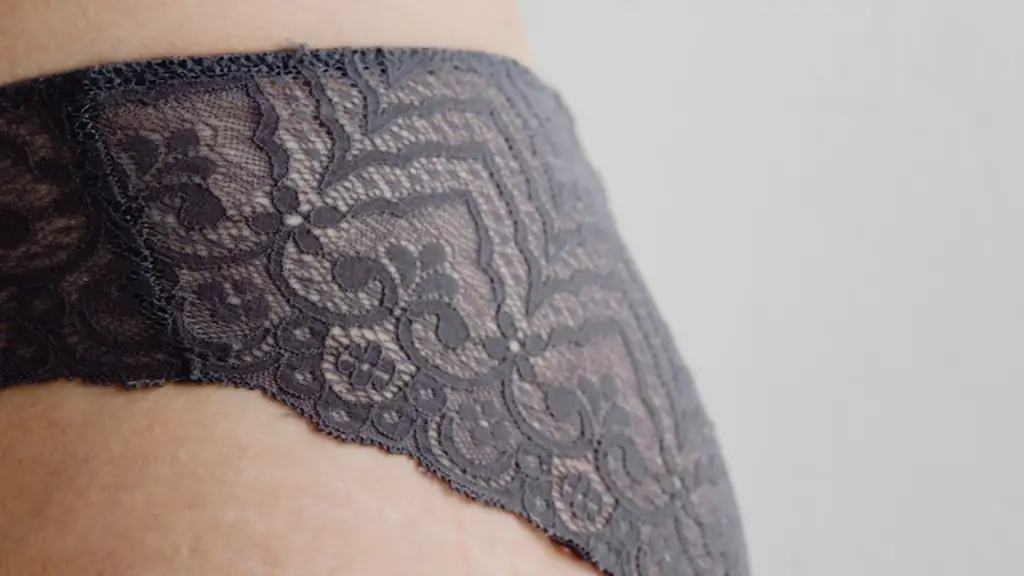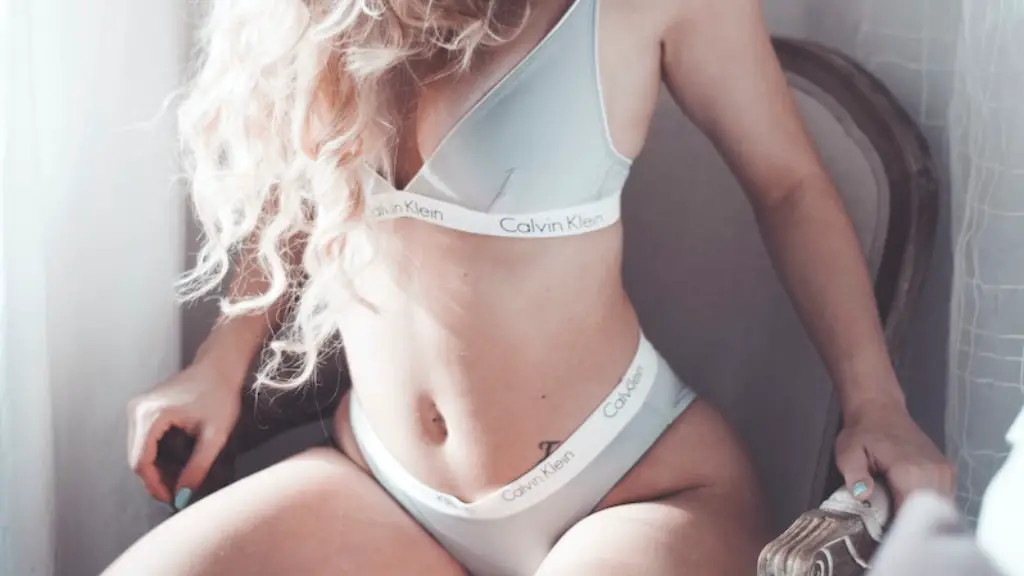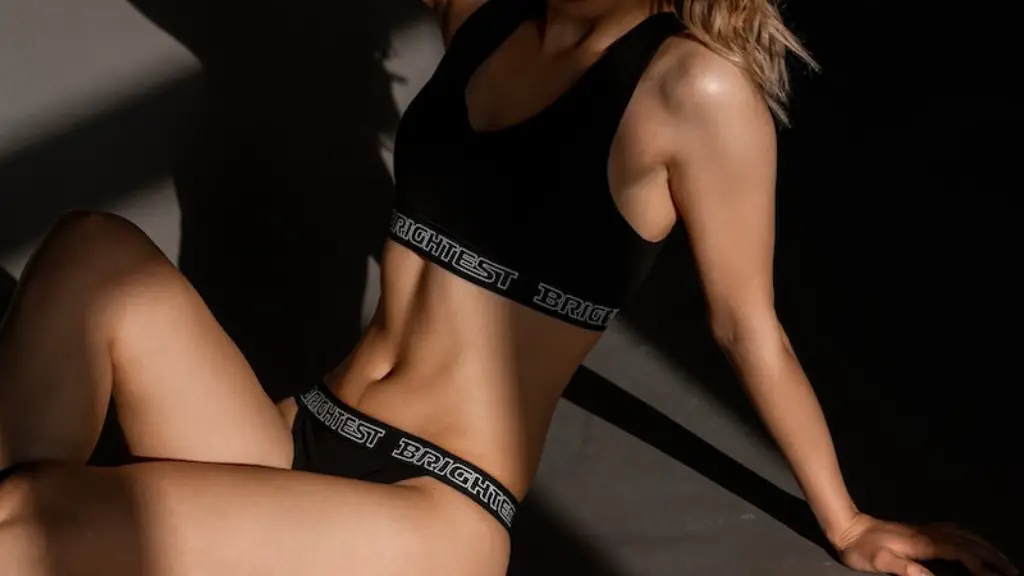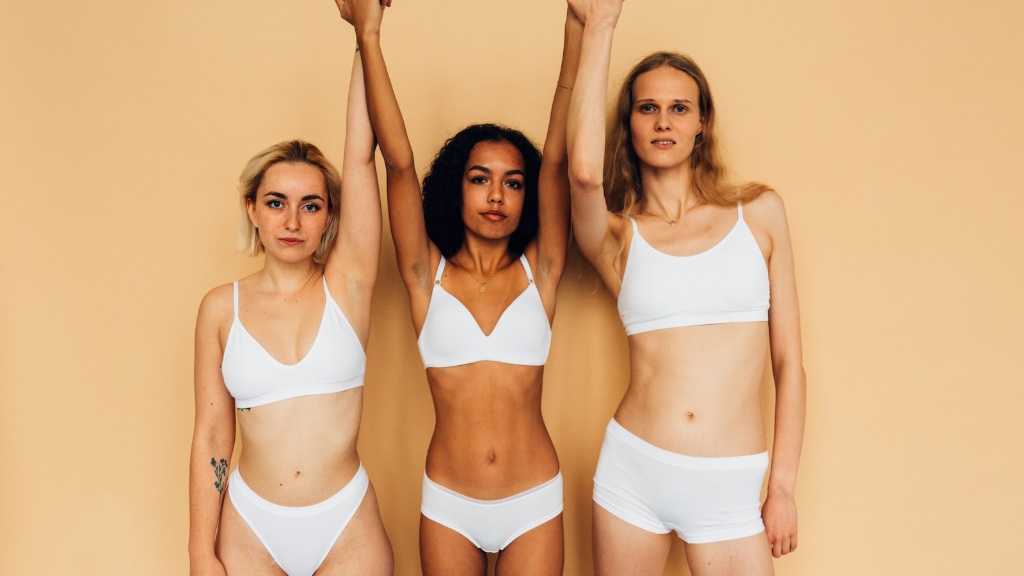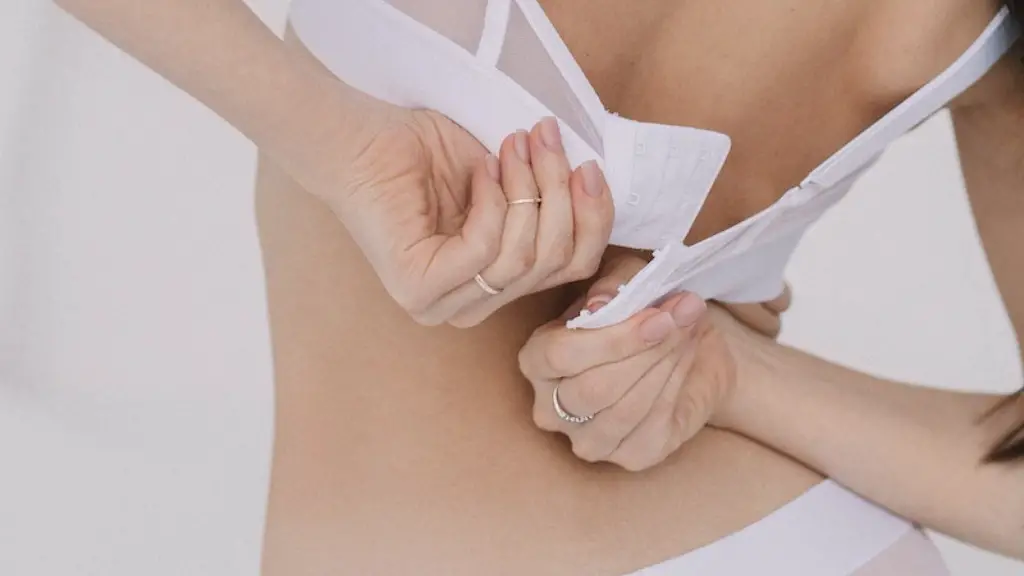Gym leggings are a must-have for any fitness enthusiast. They are comfortable, durable, and offer a great range of motion. But how do you make your own gym leggings? With a few simple materials and some basic sewing skills, you can easily make a pair of leggings that will last you through many workouts.
There is no one-size-fits-all answer to this question, as the best way to make gym leggings will vary depending on your specific body type, workout routine, and personal preferences. However, there are a few general tips that can help you choose the right pair of gym leggings for your needs:
1. If you’ll be doing a lot of cardio or high-impact workouts, look for a pair of leggings that have extra support in the form of a built-in liner or thicker fabric.
2. If you tend to get sweaty during your workouts, look for gym leggings that are made from moisture-wicking fabric.
3. If you’re looking for a bit of extra warmth during your workouts, choose a pair of leggings that are made from a thermal fabric.
4. When trying on gym leggings, make sure to do a few jumping jacks or squats to ensure that they’re not too tight or constricting.
5. finally, don’t forget to check out the return policy before making your purchase, in case you need to exchange or return the leggings for any reason.
What material should gym leggings be?
Spandex blended with recycled nylon is a great choice for gym leggings. The nylon is a breathable, stretchy, and moisture-wicking fabric that is suitable for gym leggings. A typical legging composition would have about 22% spandex and 78% nylon.
Nylon is a strong and durable synthetic material that is extremely popular in activewear. While it is not as moisture-wicking as polyester, nylon is super stretchy and still provides some moisture-wicking capabilities, making it the main ingredient in activewear.
How to make your own leggings
Sewing leggings is a simple process that anyone can do with a little bit of practice. The first step is to pin along the inseam of the leg. This will help keep the fabric in place while you sew. Next, take your fabric pieces and separate them. Sew along the inseam, being careful to not sew over the top of the fabric. This will create a hole that you will later insert one leg into the other. Sew around the edge of the crotch seam, making sure to catch all the fabric. Sew the elastic into the waist, being careful to not sew over the top of the fabric. This will create a hole that you will later insert the other leg into. Fold over the elastic and sew around the edge. Hem the bottom of the leggings to finish.
The most common thread used in activewear is the T18–T27 range. The lower the number, the lighter the thread. Thread sold on spools at stores is often a T40.
What fabric does lululemon use for leggings?
As much as we love our Lululemon leggings, we need to be mindful of the environmental impact of the materials they’re made from. Polyester, nylon, and lycra are all synthetic materials derived from crude oil, and they shed microfibres when we wear them. These microfibres can end up in our waterways and in the stomachs of marine animals, causing serious harm. So let’s be conscious of how often we’re wearing our leggings, and make an effort to wash them in a way that minimizes microfibre shedding. We can also support companies that are working on developing more sustainable materials for activewear.
Spandex is a synthetic fabric made from polyurethane that is extremely stretchy and comfortable. It is often used in sportswear and gym wear because it allows for a full range of motion and is very breathable.
What is the best fabric for making leggings?
Lycra, Spandex, and Elastane are all synthetic fabrics that are known for their flexibility and elasticity. Lycra is the most common of the three, and is often used in leggings and other form-fitting clothing. Spandex is a bit more expensive, and is often used in performance wear and swimsuits. Elastane is the most expensive of the three, and is often used in high-end activewear and lingerie.
If you’re looking for a pair of leggings that are non-sheer and squat-test approved, look for a blend of polyester or nylon, plus spandex fabrics. For example, the Nike One Luxe leggings are made with about 75 percent polyester and about 25 percent spandex.
What fabric are Gymshark leggings
Gymshark’s use of nylon in their leggings, sports bras, swimwear, shorts, and tops provides a high degree of comfort. Elastane is another type of synthetic material that is often incorporated in activewear. Similar to nylon, it provides a high degree of comfort.
Leggings are a great item of clothing to sew if you are just starting to sew with knit fabrics. There are only two pattern pieces – the leg and the waistband – so it is a quick and easy project. Plus, leggings are extremely versatile and can be worn in a variety of ways, making them a great addition to your wardrobe.
What machines are used to make leggings?
A Zigzag sewing machine is the best option for joining elastic, as it will create a much smoother and less bulky join than a single needle lock stitch machine.
You will need 125 yards of stretch fabric and 3/4 inch knit elastic to make a comfortable pair of pants that fit from the waistband to the ankle.
What thread is best for leggings
If you’re looking for a versatile thread that can be used for a variety of projects, polyester thread is a good option. It has some give when stretched, so it can be used for items that need to be stretchy or form-fitting. However, if you’re looking for a thread that is specifically designed for stretchy projects, elastic thread is the better choice. Keep in mind that you should only use elastic thread in the bobbin of your sewing machine, and wind it by hand to avoid damaging the thread.
Polyester is one of the most popular materials used to make stretch knit fabrics. The most common threads used to sew these fabrics are textured polyester or textured nylon. These threads offer excellent seam coverage and seam elasticity, making them ideal for overedge and coverstitch seams.
How do you make seamless gym leggings?
There are many factors to consider when creating a perforated design. The first is the type of paper you will be using. Normally, a smooth white paper is best for perforations, but you can experiment with different types of paper to see what works best for your design. The next thing to consider is the size of the perforations. The smaller the perforation, the more delicate the design will be. You will also need to consider the type of pattern you want to create. There are many different types of perforation patterns, so you will need to decide what you want your design to look like. Once you have all of these factors figured out, you can begin to create your perforated design.
Lululemon’s Luon pants are made by Eclat Textile Co in Taiwan, the same supplier that Lululemon has used for the past decade. There are also a bunch of variations of luon that Lululemon uses, like brushed luon, reversible luon, and heathered luon. The company has stuck with the same supplier for so long because they trust the quality of their product.
What is Lululemons softest fabric
The Nulu fabric from Lululemon is incredibly soft, making it a great choice for loungewear or everyday wear. However, it’s not the best fabric for high-intensity exercise or forsweating. If you’re looking for a fabric that can handle those activities, you should try something else from Lululemon.
I absolutely love this fabric! It’s so soft and stretchy, and it wicks away sweat perfectly. I feel like I can wear it all day without having to worry about it getting uncomfortable. It’s definitely my new favorite fabric!
Conclusion
There is no one-size-fits-all answer to this question, as the best way to make gym leggings will vary depending on your personal style and preferences. However, some tips on how to make gym leggings that look great and perform well include choosing a comfortable fabric that wicks away sweat, opting for a high-waisted style to prevent wardrobe malfunctions, and choosing a fun pattern or color to make your leggings stand out.
Assuming you want a conclusion for a gym leggings tutorial:
1. Start with a comfortable pair of shorts that you already own.
2. Cut the legs off of the shorts, being sure to leave a seam allowance.
3. Hem the raw edge of the leggings.
4. Try on the leggings and make any necessary adjustments.
5. You now have a pair of homemade gym leggings!
